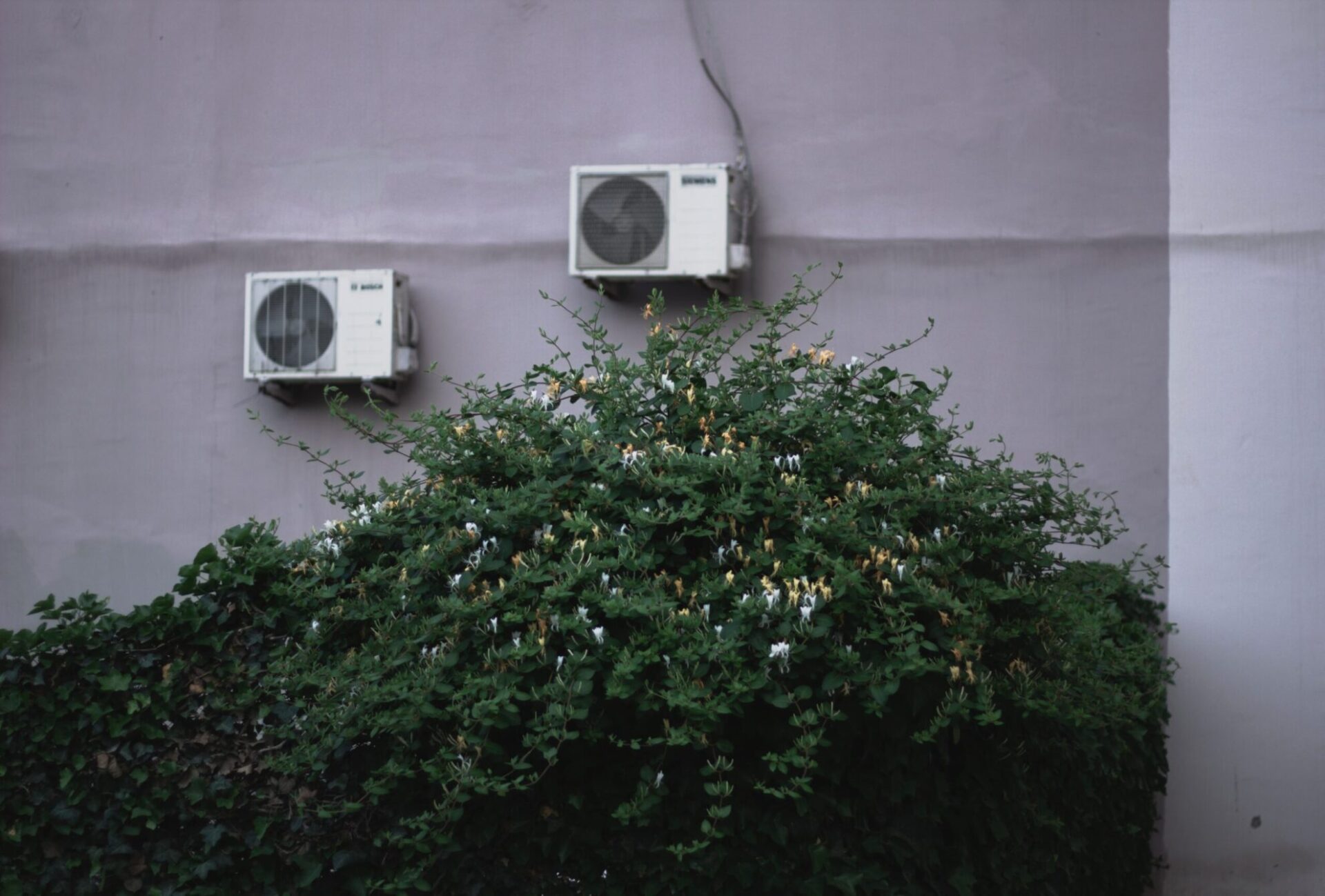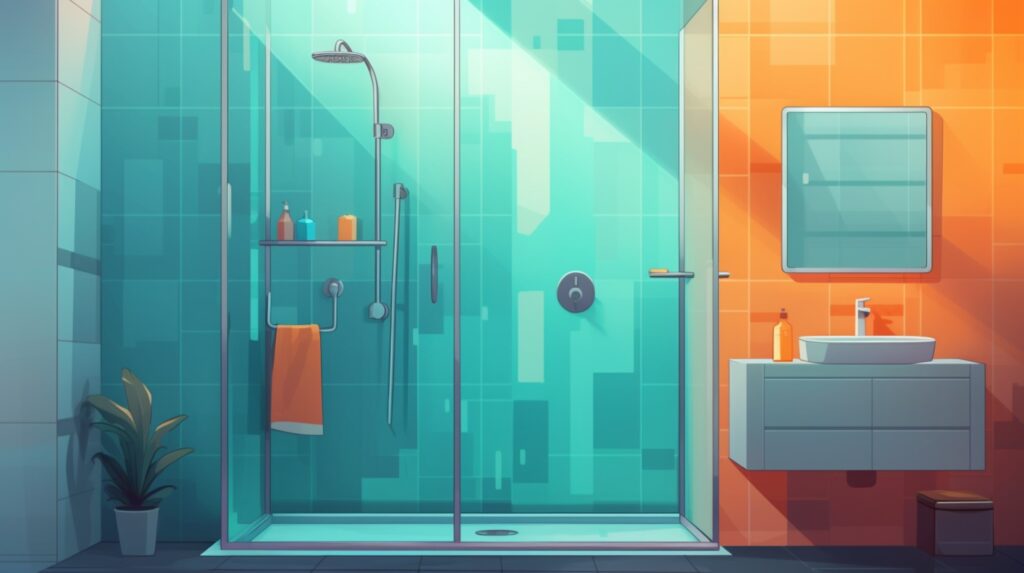
We are reader-supported. When you buy through links on our site, we may earn an affiliate commission.
From air purifiers to plants, everyone is looking for accessible, inexpensive ways to clean the air of their home. With a stronger desire to stay healthier longer and feel more comfortable while sitting at your work-from-home setup, improve air quality in your home.
How Is the Air Cleaned?
Filters are the key to improving indoor air quality. High-efficiency particulate air (HEPA) filters are the quintessential facet of most air purification systems. They claim to trap and control dust, pollen, mold, bacteria and other airborne contaminants under 0.3 microns.
Each filter has a minimum efficiency reporting value (MERV) rating on a scale of 1 to 16, which explains its effectiveness — the higher, the better. Keep an eye out on MERV ratings when shopping for filters and purifiers.
Some other methods arising in the market include activated carbon, ultraviolet light and photochemical oxidation. These are all newer and scientists are engaging in studies to discover their effectiveness.
Knowing the differences between these filtration and purification methods will assist in making the most informed decisions when trying to gradually improve the air quality of your home.
1. Air-Purifying Plants
Plants may feel trendy now, but it’s because science is coming out to defend the air-purifying characteristics. NASA has even recommended some favorites backed by research that will help the air in your home feel cleaner than ever — just be sure they aren’t toxic to your pets:
- Weeping fig
- Money plant
- Dragon tree
- Rubber plant
- Chrysanthemum
- Aloe vera
- Golden pothos
- Chinese evergreen
How do plants purify the air? Volatile organic compounds (VOCs) are fine particles in the air released from simple household components like paint. Many of these plants remove those dangerous chemicals from the air, like formaldehyde, toluene and benzene.
The more efficient plants people place in their homes, the more rich oxygen they breathe. They do this when plants engage in photosynthesis, they transform carbon dioxide into fresher oxygen.
2. Portable Air Purifiers
The market contains countless air purifiers now, small and large, to help with dust, dander, germs and other unwelcome airborne particles. If you’re looking for a small way to improve the air in your home, getting a portable air purifier you could move between rooms may be a great solution.
Whether your primary concern is pollen or bacteria, plenty of air purifiers contain HEPA and activated carbon filters to name a few to make them effective and affordable.
3. Reduce Most Common Pollutants
Arguably one of the most effective ways to purify your home’s air is not by adding new products, but by taking pollutants away. Plenty of appliances and habits create air purity problems in the home, and if people take heed to some of these causes, with a few behavioral and equipment changes, they can be easily eradicated.
The EPA notes some of the most common pollutants in peoples’ homes:
- Fuel-burning combustion appliances, like wood-burning stoves
- Tobacco use or smoking in the house
- Allowing outside contaminants in, like pesticides
- Household cleaning products
Take time to review the objects in your home, how you clean them, and what materials you use daily — like sealants for home improvement projects or paints for hobbying. Understanding how everything affects the air in your home provides insight into how to curb the effects of these habits and products in the future.
4. Control Humidity
Purchase dehumidifiers or use ventilation while taking a shower. Free and expensive options are available to control humidity, regardless of which method you choose, controlling humidity helps your home’s air stay healthy.
The moisture content of a home not only affects the comfort of the people living there, but too-moist air encourages the growth of molds and mildew. Though air purifiers could help take some of the harmful contaminants they release out of the air, it’s best to control them at the source. Make sure your environment does not foster unnecessary contaminant spreading by regulating humidity.
What Doesn’t Work?
The rise in air quality awareness has almost made air purification a trend. Because of this, there are plenty of products on the market making lofty claims of cleaning your home’s air with little verification.
- Himalayan salt rock lamps: These aesthetic beauties will certainly up the mood of any space, but do the negative ions they release help the air? There is not enough scientific evidence backing their efficacy. Ionic air purifiers are on the market as well, claiming to operate similarly, with little backing to support them.
- Essential oils: The bulk of essential oils are not regulated by the FDA. Plenty of essential oil companies perform their own testing but do not have third-party verification. Because of this, there is no proof oils do purify the air — they also cannot be proven not to contain potentially unhealthy chemicals either.
- Using air purifiers to ignore other maintenance: Air purifiers will not mitigate not cleaning carpets, bathing pets or if you smoke in your house. Make sure to always follow best practices, as air purification methods will not be a total solution.
As with any home improvement, ensure you’re engaging in proper research. If you’re second-guessing your decisions on how to improve air quality, there are professionals available that can inspect and provide consultations.
Simple Ways to Improve Air Quality in Your Home
While you’re waiting to save for that very expensive overhaul of your HVAC system, these are the tiny ways to improve air quality in your home in the meantime. Simply changing several habits and incorporating a few new products will assist greatly in everyone’s mission to breathe clean air.










